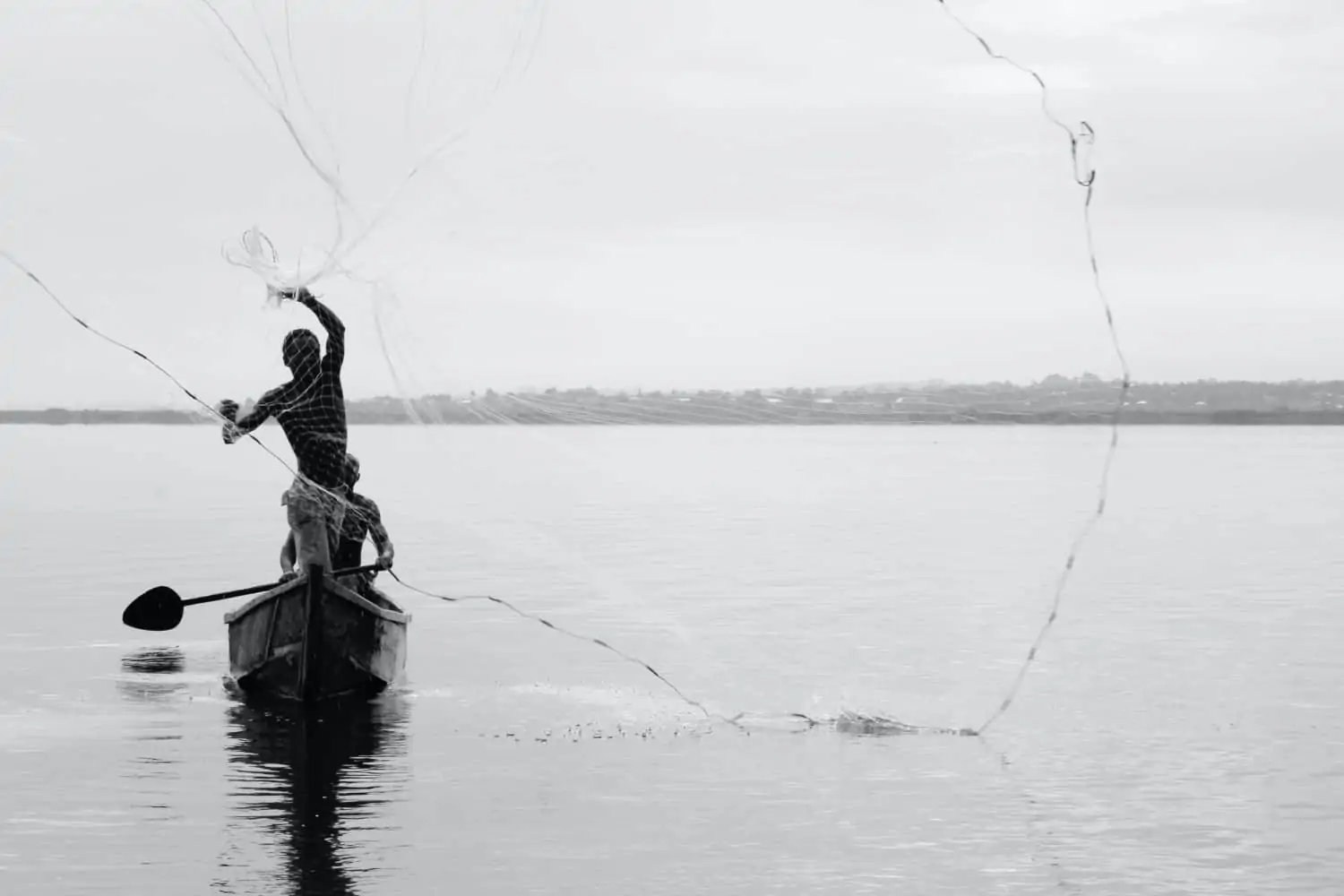World Fisheries day is a global event, celebrated in many countries, including South Africa. It serves to spread awareness of the importance of fishing communities in human life. An often overlooked profession that has been facing many perils created by our ever-developing world.
The History of World Fisheries Day
World Fisheries day was first celebrated in 2015. When New Delhi in India hosted the grand opening of the International Fishermen’s organization. Marking 2021 as the fifth official World Fisheries day.
However, fishing communities recognized the need for action much earlier on. Starting in 1997, when the World Forum of Fish Harvesters & Fish Workers met in New Delhi to form the World Fisheries Forum (WFF). This forum consisted of representatives from 18 countries. All of whom signed a declaration advocating for a global mandate of sustainable fishing practices and policies.
Fishing communities now had an official representative body that could look into the creation of sustainable opportunities. While also preserving the ancient history of fishermen. As well as implement guidelines of social responsibility and moral grounds of justice within and around the community.
The Importance of the Fishing Industry
Fish for Food
One of the most important and obvious aspects is the simple fact that water and the creatures that live in it are a source of food. Something quite important to human life. On average, the human population consumes over 100 million tons of fish annually. With more than 25% of the world’s dietary protein is provided by fish. This alone makes sustainability vital.
Economical Value
Aside from this, seafood and fish are the traditional and staple food for many people across the globe. And as a result, a great number of societies are rallied around the occupation of fishing. This means that, other than for dietary importance, fishing plays an integral role in the lively hoods of communities, as well as the economy of many countries as a whole.
A 2014 report by Prince Charles’ International Sustainability Unit estimated that global fisheries were adding $270 billion a year to global GDP. But this report also stated that by full implementation of sustainable fishing, that figure could rise by as much as $50 billion.
India is a great example of the economic value of fishing. Exporting more than 50 types of seafood to over 70 countries. Making fish products the largest group in India’s agricultural exports. Its total fish production during 2017-18 alone was estimated to be 12.60 million metric tonnes. Making up about 6.3 percent of the global fish production.
Struggles of the Fishing Industry
Pollution, Global Warming and Habitat Destruction
A recent study by the United Nations shows that more than one-third of fisheries across the globe are in a state of decline due to factors such as habitat destruction, pollution and global warming.
The proximity of human settlements, both large and small, to bodies of water has led to severe water pollution. Runoff from both domestic and industrial activities contaminates nearby waters. Furthermore, overgrowth of blue algae, oil spills, plastic wastage, toxic chemical dumping and so much more all contributes to the destruction of the water habitats that feed us.
Then we have global warming to contend with, which causes rising temperatures in bodies of water. Ultimately resulting in the harm of many aquatic populations.
Proper management of many of these factors could be enough to tip the scales and allow for the balanced conditions required to maintain a sustainable environment.
Unsustainable Methods
The Food and Agriculture Organization (FAO) recently stated that, through exploitation, nearly 90% of the global marine fish stocks have been depleted. To the extent that recovery may not be biologically possible.
The same United Nations study that reported more than one-third of fisheries are in a state of decline, also showed that two-thirds of the world’s fisheries have been overfished.
Why we Honor this Day
The fishing communities across the globe have been plagued with issues in recent decades. All of which have contributed to worsening the decline of the fishing industry as a whole. World Fisheries Day highlights potential problems and moves towards finding solutions. It brings together the fishing department and many of its allied offices to assess current situations while considering performance metrics. All in order to protect the industry, as well as set future goals and milestones for the trade.
